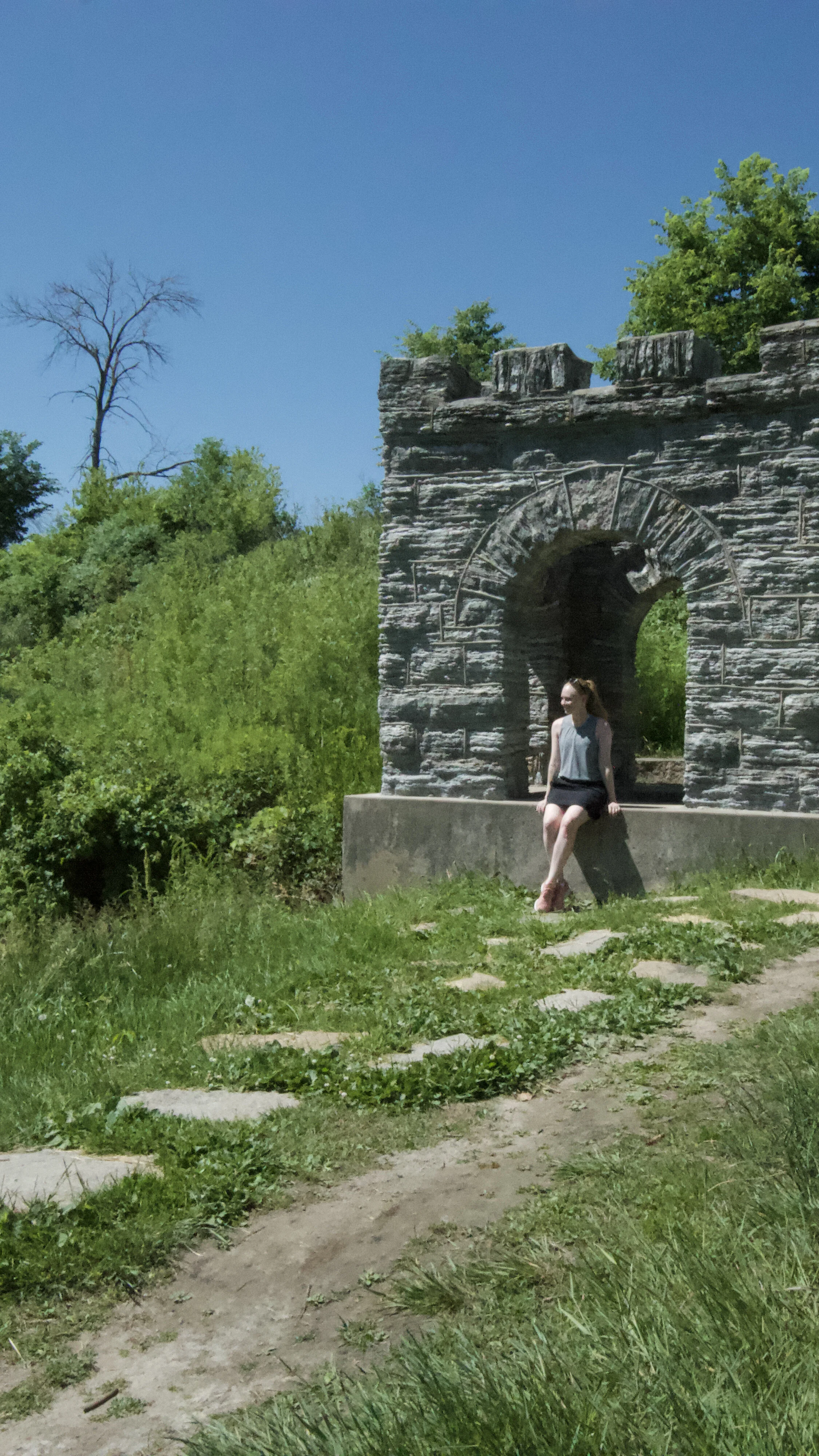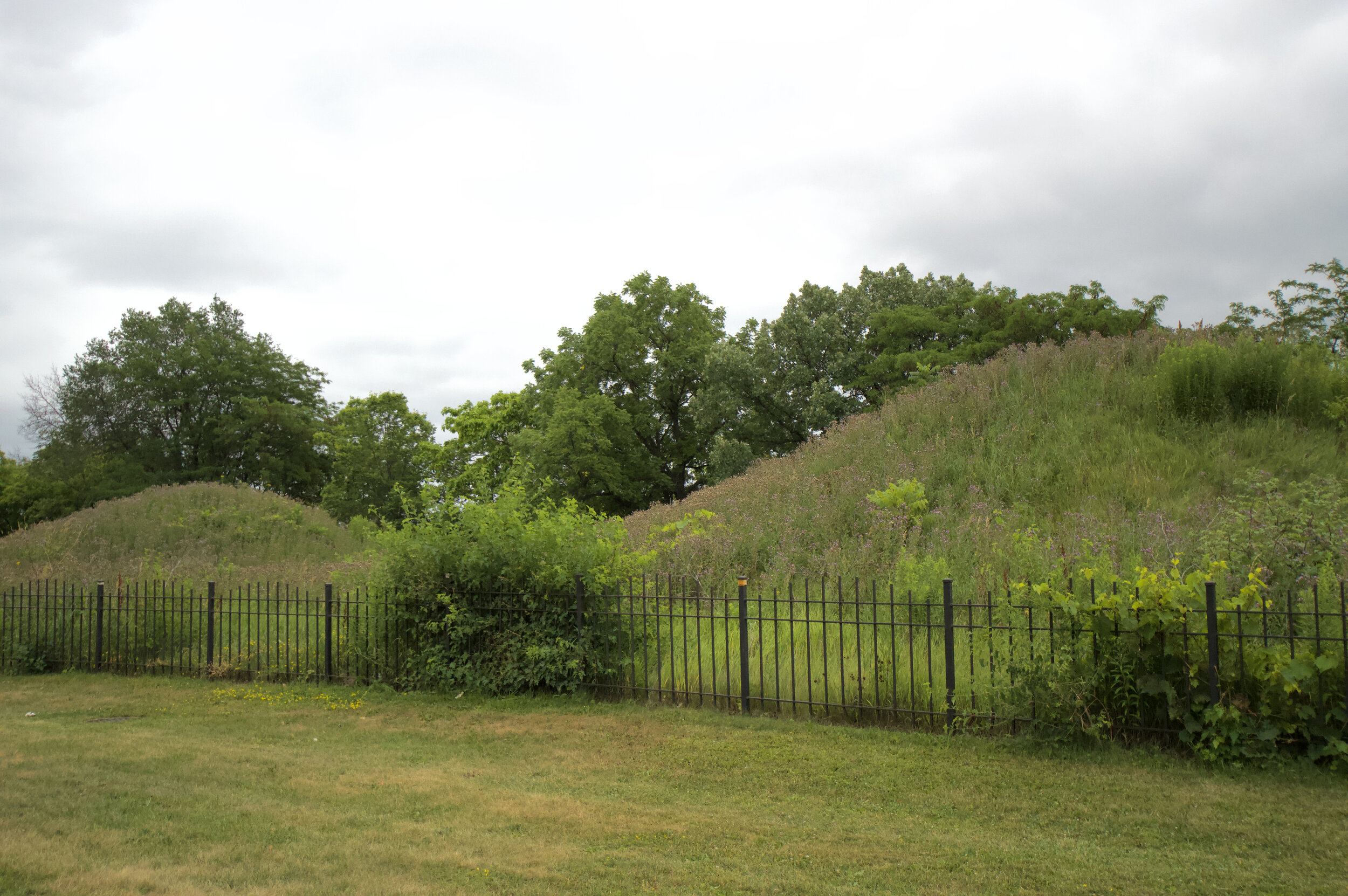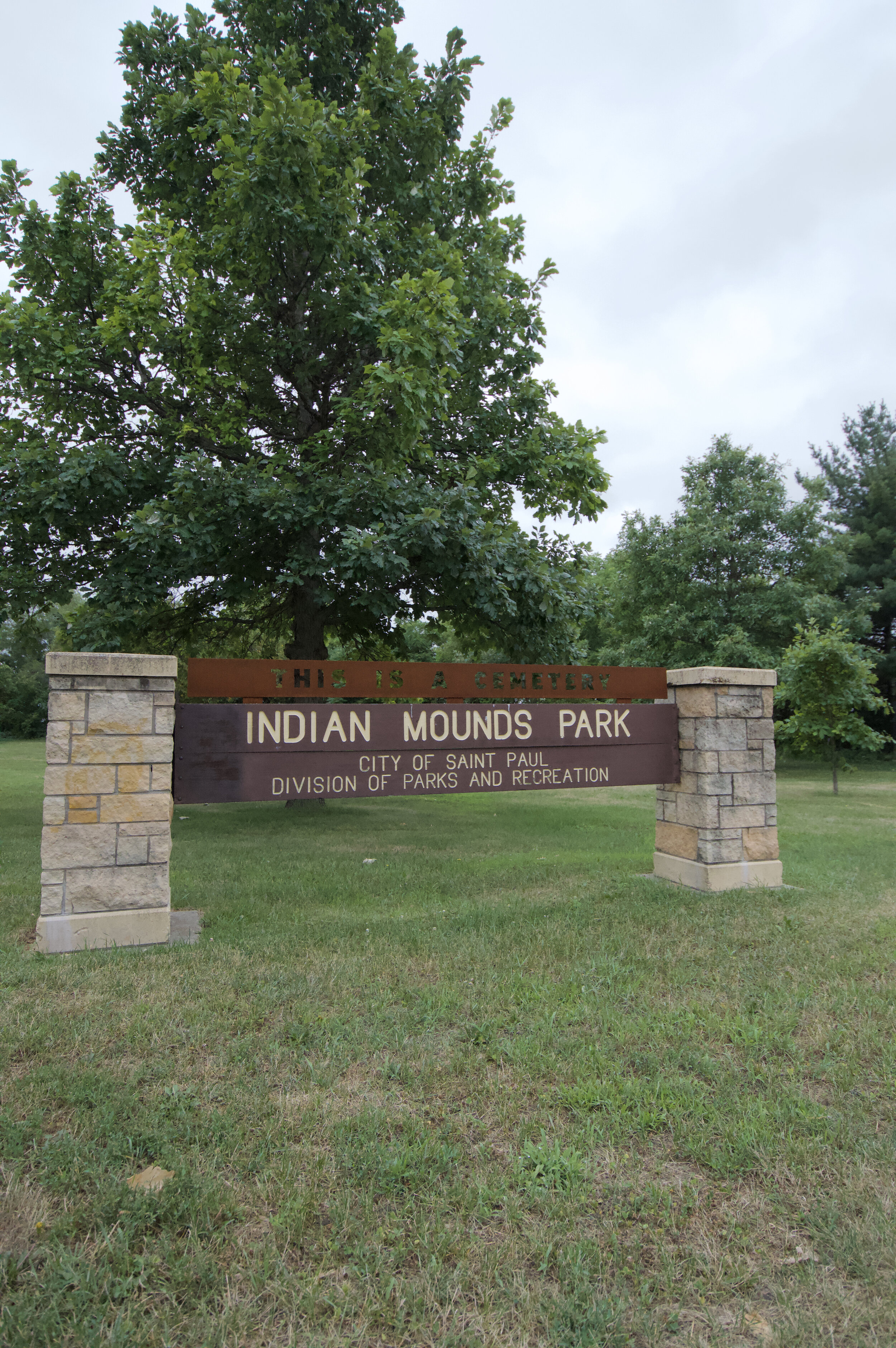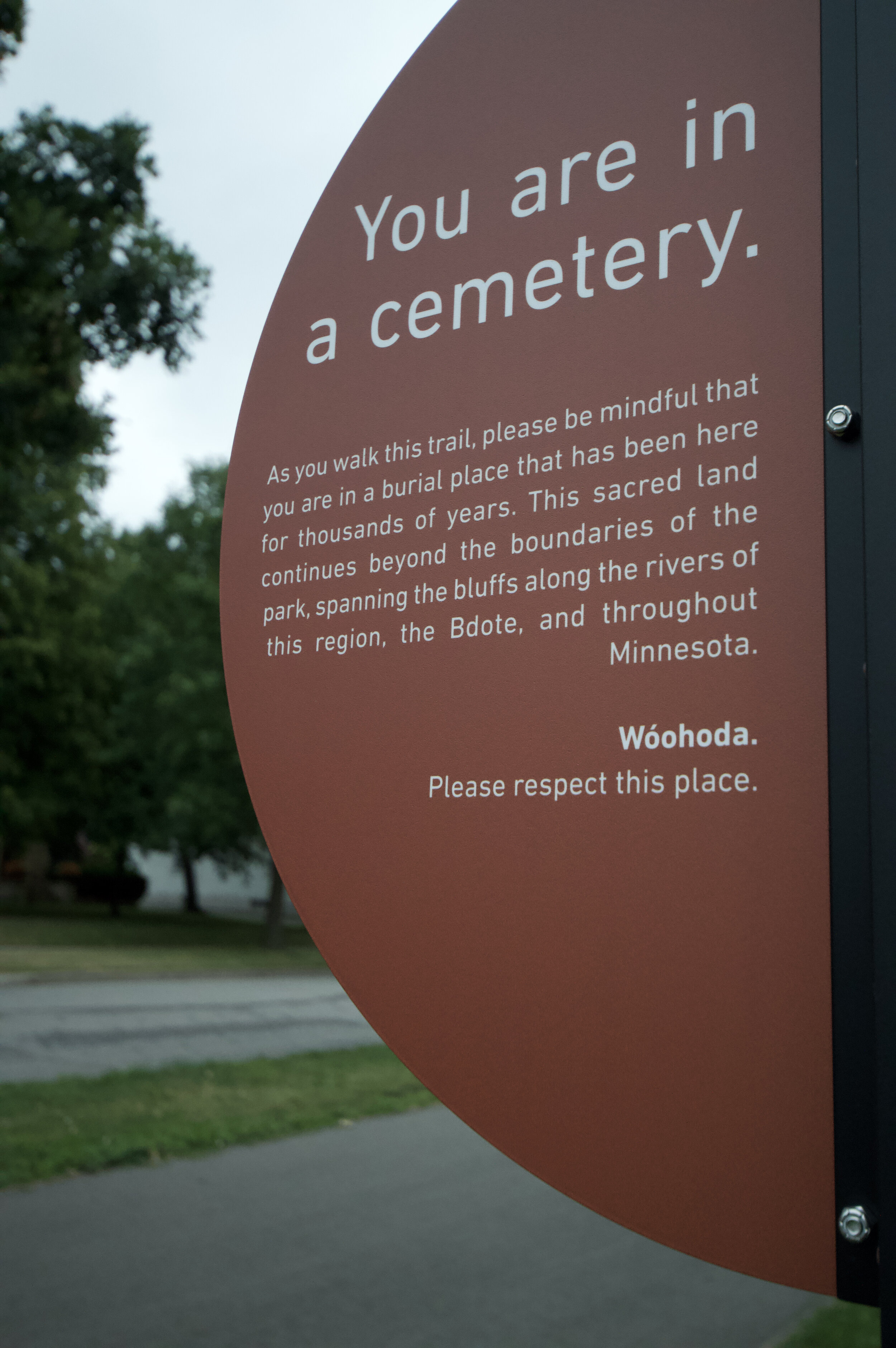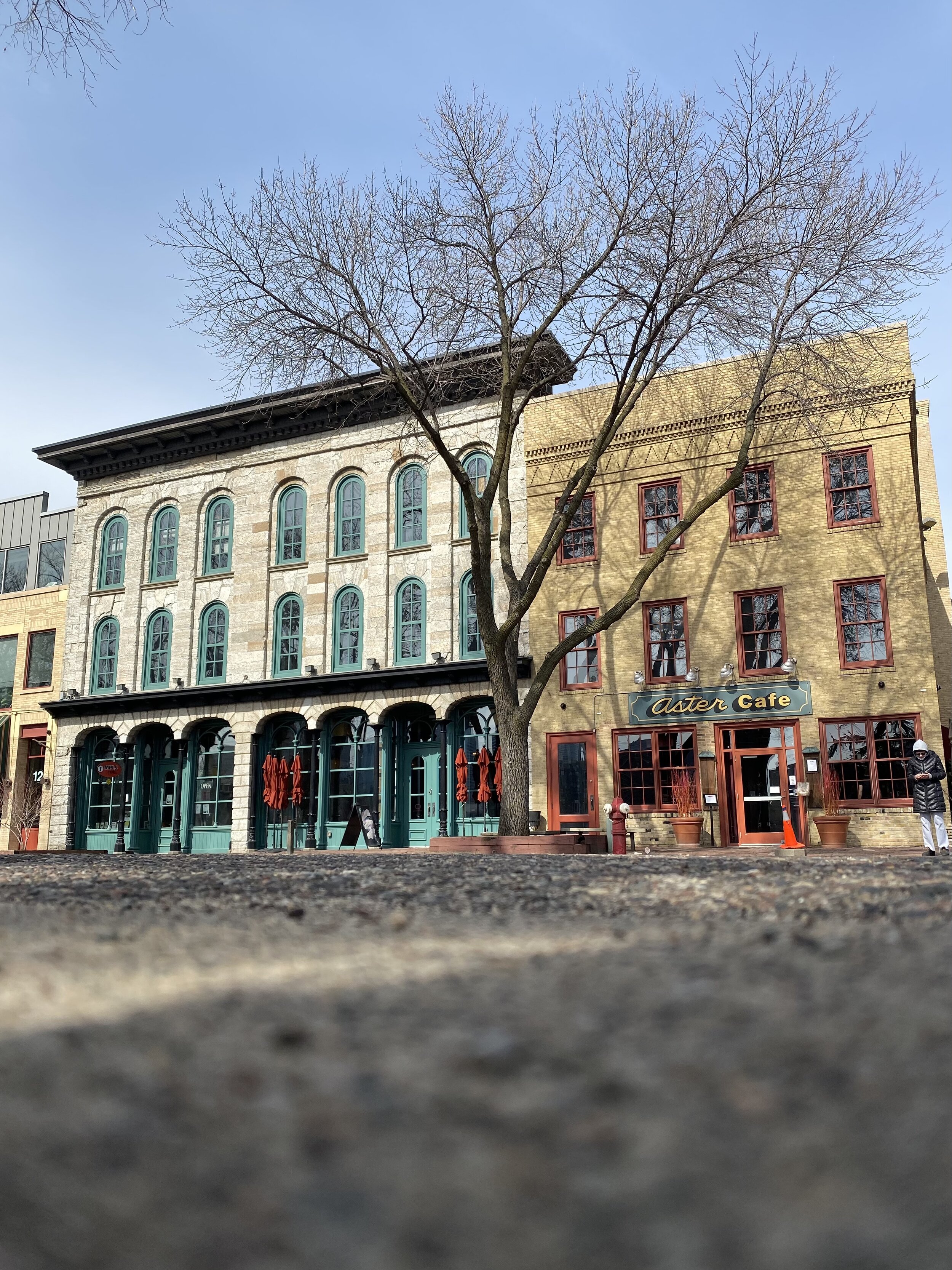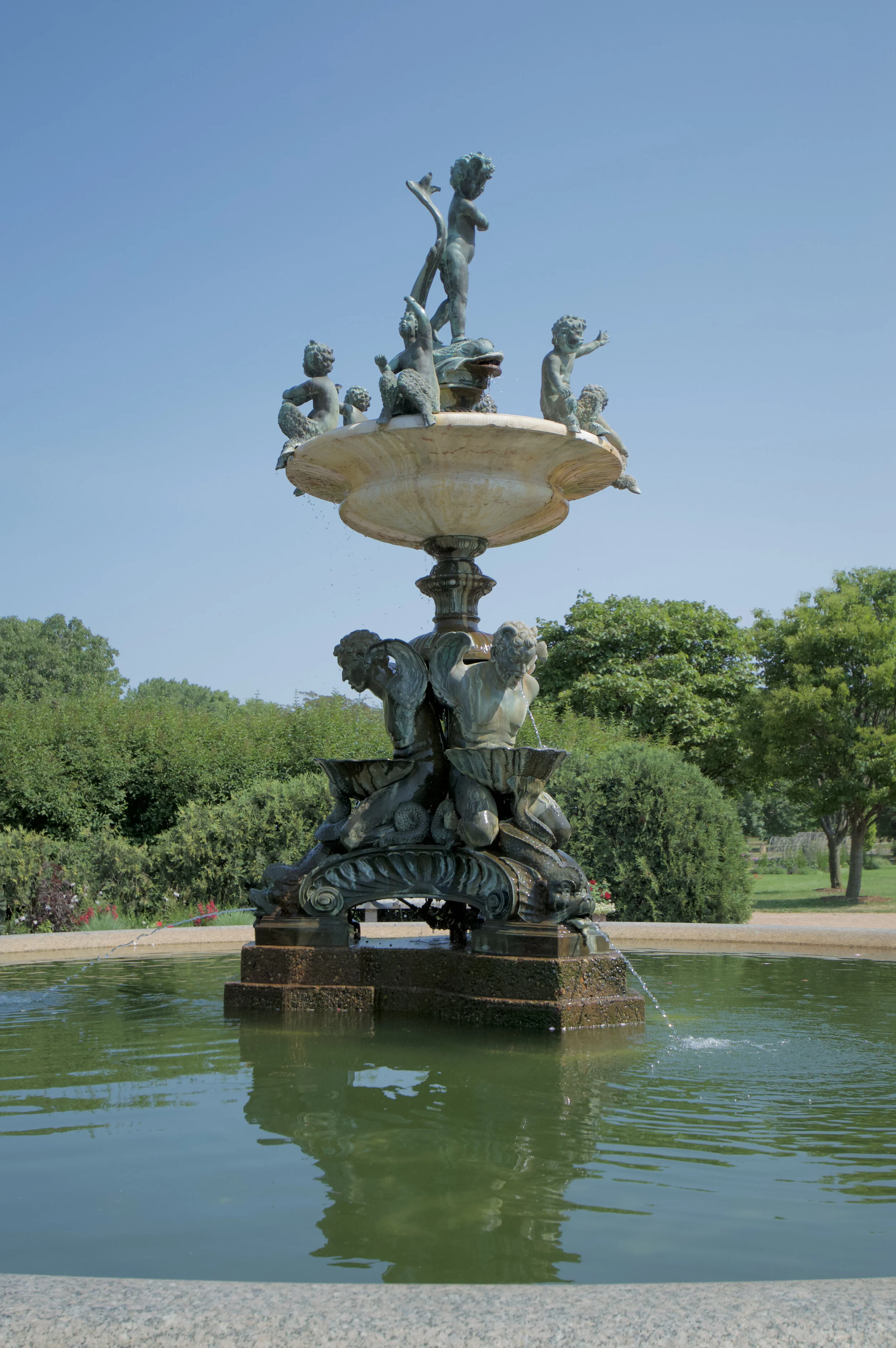12 Ways to Explore Early Twin Cities History
New skyscrapers, hotels, condominiums, and office buildings are higher and higher in the Twin Cities. Cranes dot the skyline everywhere you look. It seems like “coming soon” is the mantra of 2021.
Perhaps you need a break from all this “new”. Perhaps you need a little of the stability you can find in the “old”. Maybe you want to take a look at the past just to appreciate how far we have come. Maybe you are looking for educational spaces and places to explore for the summer or explore for your own curiosity.
The Twin Cities have been lucky to have passionate historic preservationists from the very earliest days. The Minnesota Historical Society was founded in 1849 - before Minnesota was even a state. We don’t have to rely solely on museums to learn about the past - we can visit historic locations in their original locations (or close to it) and experience them in context.
I’ve put together a list of 12 locations to immerse yourself in the EARLY history of the Twin Cities - and I do mean early. Touring these spots only scratches the surface of events in the history of Minnesota up to the late 1800s. A LOT happened in those early years and here are some of the best places learn about them.
Coldwater Spring
Most people head straight to Fort Snelling to see where the military built the first outpost in what would become the Minnesota territory. But where did the soldiers live while they built Fort Snelling? That would be this pretty little spot, just a mile upriver, where they staged their supplies and built the temporary Camp Coldwater. Now a National Park, it’s a beautiful spot to hike, walk, or run.
Plan your visit here
5601 Minnehaha Park Dr S, St Paul, MN 55111
2. Fort Snelling
Fort Snelling is a must-see for anyone curious about colonial history. The juxtaposition of the fort set amongst highways, skyscrapers, and the airport is a compelling visual reminder of how much has changed since the Fort was completed in 1819. The Minnesota DNR and the historical society have also done a great job of updating the information provided on the tour to present a balanced view of history between the advancement of white settlement and the wrongs committed against the native americans.
There is a lot of construction going on right now around Fort Snelling as they expand their parking, amenities, offices, and visitor center for an even greater experience - but the Fort is still open for tours.
Plan your visit here
200 Tower Avenue, St. Paul, MN 55111
3. Pike Island
A walk around Pike Island is also a great way to connect with the past. The tip of the island sits at Bdote, where the Minnesota River meets the Mississippi River, and is considered sacred by the Dakota. This tiny island is where the first treaty was signed, where the Dakota were imprisoned after the Dakota Uprising of 1862, and central to the history of the state.
Plan your visit here
BONUS: Two Rivers Overlook is a nearby overlook that gives a wonderful view from the bluff of the confluence of the Minnesota and Mississippi Rivers.
Plan your visit here
2711 Shepard Rd, St Paul, MN 55116
4. Indian Mounds Regional Park
Native Americans have lived along the Mississippi River for thousands of years. A life on the move, hunting and gathering, hasn’t left behind physical structures that we can visit, but we can visit the places in the natural landscape that are sacred to them.
The Dakota had a village called Kaposia on the river east of downtown St. Paul. The community centered around a cave they called Wakáŋ Tipi, “Dwelling Place of the Sacred”. On the bluffs above the cave there once stood over 50 burial mounds, the final resting place for family members dating back almost 2,000 years.
White settlers renamed the cave “Carver’s Cave” after the explorer Jonathan Carver and only six of the burial mounds have withstood excavation and construction. Indian Mounds Regional Park preserves what is left of this sacred place for generations to come.
Plan your visit here
10 Mounds Blvd, Saint Paul, MN 55106
5. Kellogg Mall Park
When Fort Snelling expanded and formalized its boundaries in 1839, the rough village of settlers was forced to move downriver. This village gained notoriety because of its namesake, Pig’s Eye Parrant, a bootlegger and saloon owner. The Catholic Church soon arrived to try to reform the whiskey-soaked settlers and built the first chapel on the river. The site of this pivotal parish is now commemorated in Kellogg Mall Park in downtown Saint Paul. Signs, sculptures and plaques explore the interchange between these early sinners and saints.
You can learn more about Pig’s Eye and the founding of Saint Paul in my other post here
Plan your visit here
62 Kellogg Blvd. E., Saint Paul, MN 55101
6. Ḣeyata Ọtuŋwe at Bde Maka Ska
Cloud Man’s village at Bde Maka Ska had been all but erased from history until a movement in 2018 to revive it. Hundreds of Dakota lived on the eastern shore of the lake in the 1830s, learning to farm and interacting with the new white missionaries and settlers at Fort Snelling. Descendents of the Dakota chief inspired the community to restore the name of the lake and to build the public art project that commemorates their history. The sculptures of Zaníyaŋ Yutȟókča (Brave Change) share the Dakota language and way of life around the lake.
Plan your visit here
Bde Maka Ska East Parking Lot, Minneapolis, MN 55408
7. The Falls of Saint Anthony
Ever since the moment Father Louis Hennepin saw the waterfall on the Mississippi River it has been an ongoing challenge to harness its might. The lumber mill saws and flour mill wheels that ran on its power provided the jobs and money that built Minneapolis and St. Anthony. By appearance the falls’ energy has been harnessed and brought under the control of a system of locks and dams, but in reality they are still an impressive sight to behold.
There are numerous spots to view the falls up and down the river, but the best view is from the Stone Arch Bridge. Even better is a walk out onto the walls of the Upper Lock and Dam so that you can look out directly over the river as it cascades over the dam. Make sure to check the website to see when they will have the gates open.
Plan your visit here
1 Portland Avenue Minneapolis, MN 55401
8. Mill Ruins Park
Scattered around the lock and dam at the St. Anthony Falls are the twisted steel and crumbling stone remnants of the industry that built Minneapolis. The ruins of train trestles and tailraces are all that’s left. Wandering among them will remind you of just how powerful they used to be.
Plan your visit here
102 Portland Ave. S, Minneapolis, MN 55401
BONUS: A visit to the Mill City Museum, before or after, is a great way to get the context of the construction and demise of some of the largest mills in the world.
Plan your visit here
704 South 2nd St., Minneapolis, MN 55401
9. First Bridge Park
Just upriver from Mill Ruins park is the Hennepin Avenue Bridge. Underneath the bridge is a tiny park commemorating some very big history. First Bridge Park is very appropriately named because it preserves the piers of the first bridge built across the Mississippi river - not just in Minnesota, but along the entire length north to south. This is the spot on the river that literally bridged east and west.
Plan your visit here
1 West River Parkway, Minneapolis, MN 55401
10. Nicollet Island
A visit to Nicollet Island is like going back in time. Clustered on the northern end of the island are 24 preserved and restored homes from the second half of the 19th century. These aren’t the grand mansions of Park Avenue in Minneapolis or Summit Avenue in Saint Paul. These are the homes of the middle class workers who ran the mills, worked in the stores and taught in the schools.
You can follow my self-guided walking tour of the island here
11. Saint Anthony Main
A walk along the cobblestone streets of Main Street is what weekend afternoons are made for. The buildings have been restored and converted into restaurants and artists lofts, but the historic vibe can’t be beat. Among the many interesting sights, the Aster Cafe is a great place to grab brunch or a cocktail as well as experience the oldest remaining commercial building in the city.
Plan your visit here
125 SE Main Street, Minneapolis, MN 55414
12. The Ard Godfrey House
Now that you’ve seen the oldest commercial building, it’s time to visit the oldest residence. Ard Godfrey’s little yellow house was built in 1848 for the millwright’s family to live in while he built the first lumber mill on the west side of the river. It originally stood down on Main street but was moved to Chute Square in 1907, where it had little use. The Woman’s Club of Minneapolis put in the work to restore the house in the 1970s and today they offer tours of the sunny little house. It might not sound that interesting, but it’s a great way to learn about the little details that made up everyday life in the mid-nineteenth century.
Plan your visit here
28 University Ave. SE, Minneapolis, MN 55414
Exploring history doesn’t have to be done through boring books or stuffy museums (although I am a big fan of both!). By wandering through physical locations and observing our surroundings, contemplating what has changed and what has stayed the same can be just as valuable an experience.
What are some of your favorite historical locations to explore - either in Minnesota or around the world?

